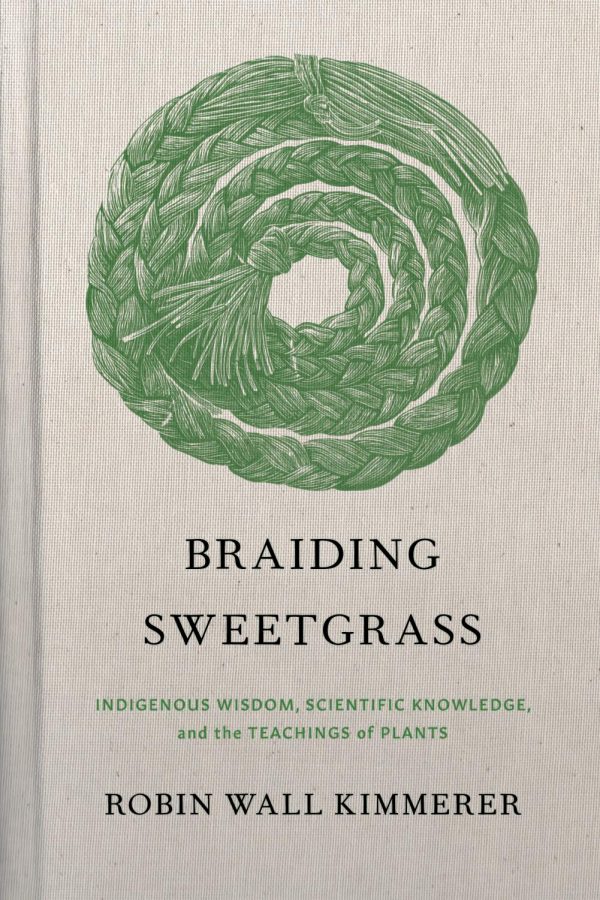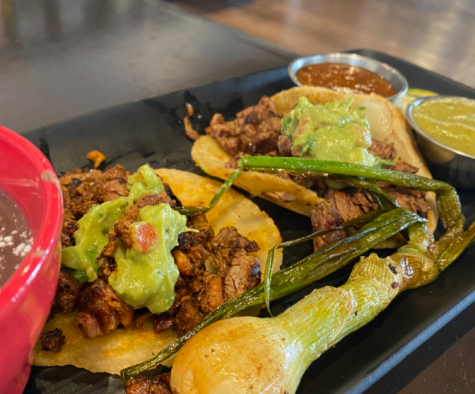“Braiding Sweetgrass” makes science more accessible and humanity richer
“Braiding Sweetgrass” by Robin Wall Kimmerer
The novel “Braiding Sweetgrass” tenderly explores science and the natural world, threading in Indigenous culture, motherhood, and a reflection on life itself.
The book — written by Robin Wall Kimmerer, a professor, botanist and member of the Citizen Potawatomi Nation — references sweetgrass, a sacred herb for Indigenous people.
“Sweetgrass, as the hair of Mother Earth, is traditionally braided to show loving care for her well-being,” Kimmerer wrote. “Braids, plaited of three strands, are given away as signs of kindness and gratitude.”
Although I was pretty nervous going into the book, as I’m not fluent in science, “Braiding Sweetgrass” quickly soothed my concerns in its accessibility and depth.
When Kimmerer brings in science, she makes it easily understandable — it’s not overloaded with technical terms. She also explains Potawatomi teachings with ease and gives examples to clarify her message.
While I had been exposed to some of the Indigenous stories and knowledge that Kimmerer discussed, I loved reading about it in depth.
From making her daughters learn how to garden to adapting to the culture shock of teaching in the South, Kimmerer enriches her teachings with anecdotes from her life.
Finishing the book felt bittersweet. I felt sad that “Braiding Sweetgrass” had come to a close, but satisfied with the growth and learning I achieved with the book.
“Whatever our gift. We are called to give it and to dance for the renewal of the world,” Kimmer wrote. “In return for the privilege of breath.”
Whether you’re coming into the novel blind or you have prior knowledge of botany and science, “Braiding Sweetgrass” is an informative novel that demonstrates that science and spirituality are more compatible than people expect.
I highly recommend picking up a copy of the book–you won’t regret it.
Rating: 5 stars out of 5

Maida is the Impulse and Opinions editor. She is excited to develop her journalistic skills while helping others.








